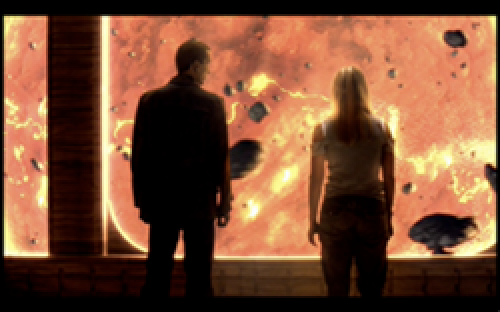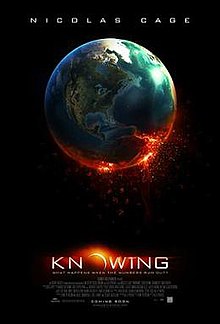Today we've got another taster in the run up to the Apocalypse track at Nine Worlds Geekfest. This time, a series of apocalyptic poems by Matt Wieteska. Matt is one of the writers behind, among other things, Zombies, Run!, an app that takes your regular morning jog and turns into a harrowing dash for survival. Matt is going to be at Nine Worlds this year talking to us about zombies and apocalypse survival. Come see him at our Zombie Breakfast and Ragnarok sessions!
Sunset
we were in the
library
when the warning
came,
push
notifications
and staccatto
vibrations
crying out table
to table
it took us a
moment to believe it
still
whispering, despite our panic, because
there are some
rules you just can't break
and by the time
we'd donned our coats
and made our way
outside
we only had
five minutes left
and you asked me
what I wanted to do
with the last
five minutes of daylight
and though other
couples did;
madly against
trees and walls and even on the swing-set;
that wasn't how
we were anymore
so we walked up
the hill a little way
to the bench we
used to sit on,
always keeping
our eyes to the heavens
so as not to
squander anything
and we stood
there
our dirty feet
on the wood
staring
at the last
minute you took my hand
the past didn't
matter any more
we were watching
the last of it pass towards us
through
boundless space
and all we had
left was the absolution of the future
which waited in
the coming cold
Countdown
it's probably
more than most new couples get.
the shared
knowledge of an unique experience.
so I suppose
we're lucky
to know these
subterranean walls
the time-locked doors
these panels of
controls
which we hope to
never use:
the furniture of
our days
and the phone
which never
rings
until it does
and we share
that moment of disbelief
at what we're
told to do
but we're well
trained
and our reflexes
take over.
yes, we're a
perfect pair
we who have know
the wait and the
authorisation codes
the recycled air
and the fact that
This Is Not A
Drill
except for the
language barrier.
I never could
read cyrillic,
and I suppose
you made the first move.
but that's ok,
I'm a modern guy.
the etiquette is
different now
and we don't
need to share an alphabet
to understand
the messages we've launched
across
continents
which will be
known only by their effects.
Immunology
the problem with
it is
that by the time
you recognise the signs
it's already
fatal
increased body
temperature
heightened pulse
a certain nervousness
there's been no
cure yet found,
and the number
of cases rises every second
the contagion
requires barely a touch to spread
sometimes even a
glance will do it
or a word out of
place
you know how it
is - once these things get under your skin
there's no
getting rid of them
the second stage
is characterised by a kind of delirium
words fail to be
processed properly
and the tiniest
symbols acquire supernatural importance
experts from the
C.D.C estimate that in two weeks
the infection
rate will be 90%
at that point
it's just a matter of time
there's little
that can be done now
except wait for
the end
mercifully it's
a quiet death
the mind fills
with one object
physical needs
are ignored
in favour of
the flashing of
your eyes
the quiet
moments before dawn
and the silence
in your smile






